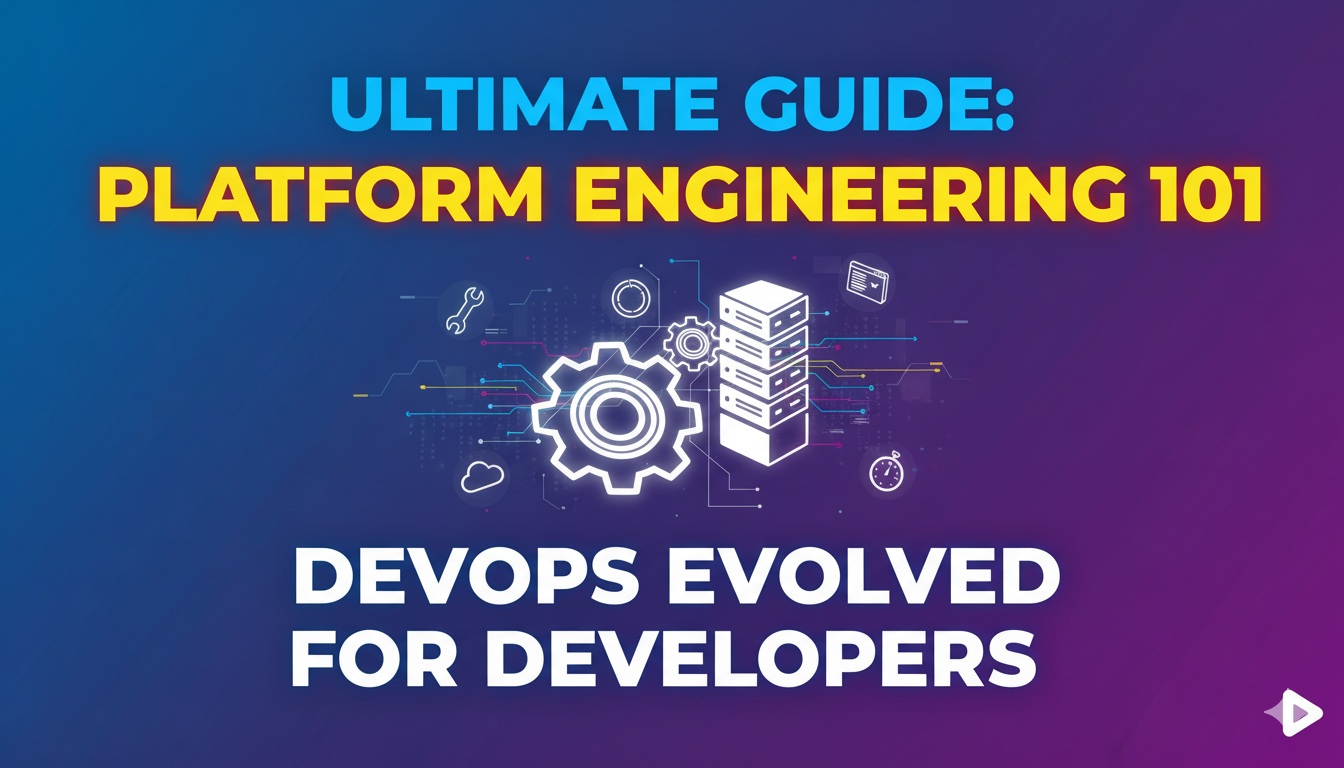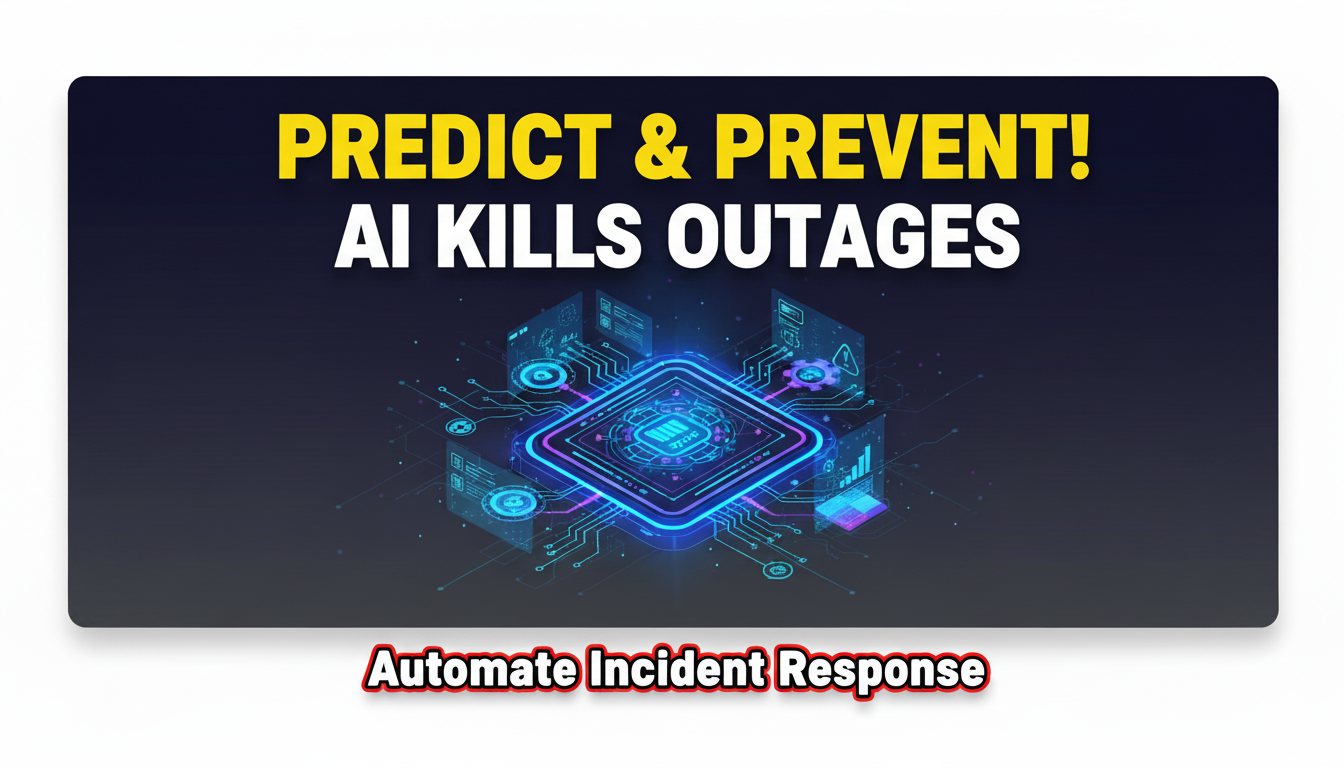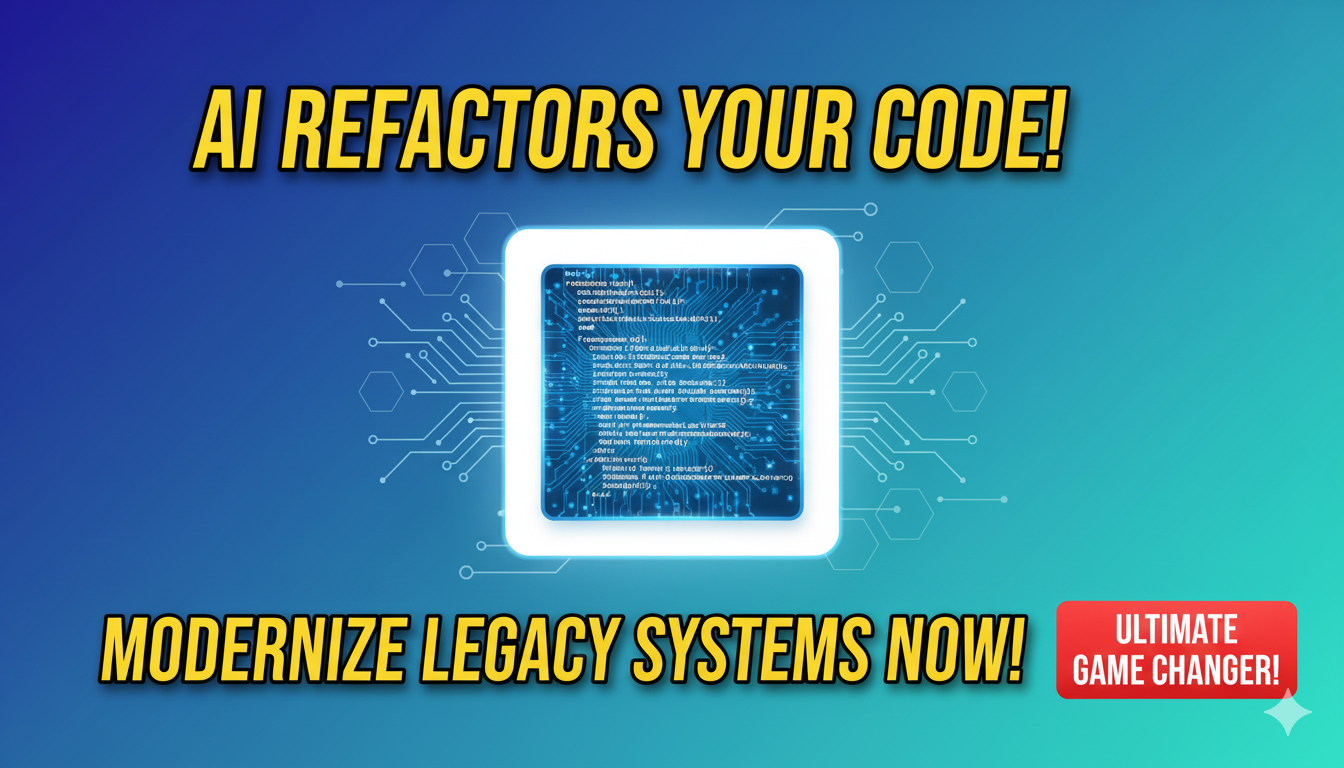Platform engineering is the natural evolution of DevOps, transforming how companies build and ship software. It’s a response to the growing complexity that developers face daily, offering a structured, self-service approach to infrastructure and tooling. This shift is not a replacement for DevOps but a maturation of its principles, designed to make developers more productive and happier.
For developers, this means less time wrestling with infrastructure and more time doing what you do best: writing code.
From Silos to DevOps: The Need for Speed
To understand platform engineering, we need to look back at the world before it. Not long ago, development and operations were entirely separate silos. Developers wrote code, then threw it “over the wall” to an operations team that deployed and managed it. This process was slow, prone to miscommunication, and created significant bottlenecks.
The DevOps movement emerged to break down these walls. By fostering collaboration between development and operations, organizations achieved dramatic boosts in speed and efficiency. The philosophy was simple: developers and operators should work together throughout the entire software lifecycle.
The results could be astounding. One large defense contractor, for example, saw the turnaround time for updating its drone software drop from up to 60 days to under 24 hours after implementing DevOps automation, replacing a manual, paper-driven process with CI/CD pipelines. However, this automation tsunami created a new problem: complexity.
The Complexity Crisis: Why DevOps Needed to Evolve
As DevOps matured, its success led to a new challenge. The explosion of new technologies—Kubernetes, cloud services, and a myriad of CNCF projects—meant developers were suddenly expected to be experts in everything. The cognitive load became immense.
Teams ended up with what some called “pipeline sprawl”—hundreds of unique, snowflake-like automation runners that were difficult to manage and standardize. The very tools meant to empower developers were now overwhelming them. This complexity is the core problem that platform engineering was designed to solve.
The Rise of Platform Engineering
Platform engineering is a discipline focused on building and maintaining internal developer platforms (IDPs)—a unified, self-service layer that abstracts away infrastructure complexity. Think of it as a curated cockpit for developers, providing everything they need to ship code without needing deep expertise in the underlying systems.
A key enabler has been the widespread adoption of Kubernetes as the de facto standard for container orchestration. However, managing Kubernetes and its ecosystem is complex, which has accelerated the need for dedicated platform teams to simplify the experience for application developers.
Platform Engineering vs. DevOps: A Quick Comparison
| Feature | DevOps | Platform Engineering |
|---|---|---|
| Primary Focus | Culture, collaboration, breaking down silos | Building internal products (IDPs) to improve developer efficiency |
| Approach | Cultural shift with improved tools and processes | Product mindset, treating developers as customers |
| Key Shift | “You build it, you run it” | “You build it, we provide the platform to run it easily and safely” |
| Developer Experience | Improved through collaboration | Improved through standardized self-service and automation |
Platform engineering isn’t an alternative to DevOps; it’s an implementation of its philosophies. It takes the collaborative culture of DevOps and adds a product-oriented layer to make it scalable and sustainable.
What This Means for Today’s Developer
For developers, the shift to platform engineering is profoundly practical. It fundamentally changes your daily workflow and responsibilities.
- Reduced Cognitive Load: Platform engineering aims to reduce the mental overhead of managing complex infrastructure. Instead of worrying about YAML configurations, Helm charts, and Terraform scripts, you can focus on writing application code.
- Self-Service Empowerment: Need a new database, a test environment, or to deploy a new microservice? Instead of filing a ticket and waiting, a well-built IDP allows you to provision these resources yourself in seconds. This autonomy is a core principle of platform engineering.
- The “Golden Path” to Production: Platforms often provide “golden paths” or paved roads—pre-configured, standardized workflows for building, testing, and deploying code. Sticking to this path means leveraging built-in best practices for security, compliance, and observability, getting your work into production faster and more safely.
- A New Consumer Role: Developers are increasingly the primary consumers of the platform. Your role evolves to focus more on your core domain and application logic, while the platform team provides the tools and infrastructure. This isn’t a limitation but a specialization that allows for greater overall efficiency.
The efficiency gains can be significant. For example, at car rental company SIXT, a ratio of 40 platform engineers supports 800 developers—a 1:20 ratio that would be unthinkable in traditional, siloed models.
Actionable Insights for Developers
As platform engineering reshapes the industry, here’s how you can adapt and thrive:
- Embrace the Self-Service Model: Actively learn and use the internal developer portal and self-service tools your platform team provides. Your feedback is crucial for improving these tools.
- Provide Feedback to Your Platform Team: The platform is a product, and you are the customer. Share your pain points and suggestions. Detailed use cases from your daily work are invaluable for helping the platform team build tools with practical value.
- Stick to the “Golden Path” When Possible: Use the standardized software templates and paved roads for your projects. They are designed to accelerate your work and ensure compliance and security by default.
- Focus on Product Code and Business Logic: Leverage the platform to offload infrastructure concerns. This allows you to dedicate more energy to the features that directly impact your users and business.
- Stay Curious About the Platform Itself: While you don’t need to be an expert, understanding the platform’s principles and components makes you a more effective partner to the platform team and helps you troubleshoot more effectively.
The Future is a Built-In Platform
Platform engineering represents the industrialization of software development, moving from artisanal workshops to streamlined digital factories. This isn’t about making developers cogs in a machine; it’s about freeing them from repetitive, complex tasks so they can focus on innovation.
Gartner expects that by 2026, 80% of software engineering organizations will have dedicated platform teams . The future of software development is one where intelligent, adaptive platforms powered by AI provide even more seamless experiences, from code to production.
For developers, this evolution is ultimately empowering. It’s a shift from being a generalist struggling with overwhelming complexity to a specialist who can build great software with powerful, curated tools.
Sources and References
- The Rise of Sub-Specialties in Platform Engineering: A Sign of Maturity
- What is Platform Engineering? Role, Principles & Benefits
- Platform Engineering Reports
- The evolution of platform engineering
- The strategic importance of platform engineering in modern software development
- What is Platform Engineering?
- From YAML to Intelligence: The Evolution of Platform Engineering
- Why platform engineering will eat the world
- What is platform engineering and why do we need it?
- Strategic Trends in Platform Engineering, 2025


















